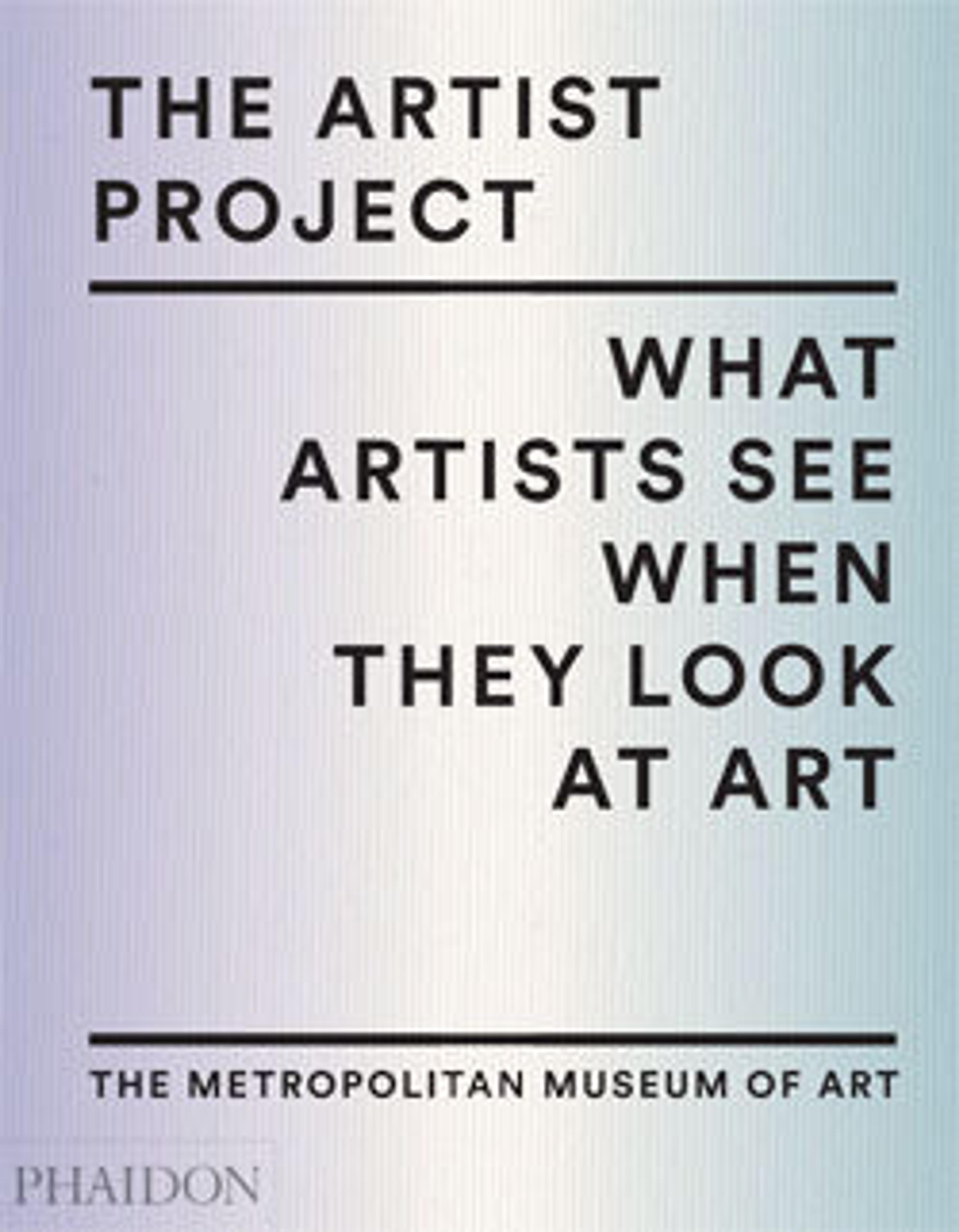Marble statue of a youthful Hercules
This statue was part of the collection of antiquities acquired in Rome by the Marchese Vincenzo Giustiniani during the first third of the seventeenth century. It must have been made as one of a pair with the over-life-sized statue of a bearded Hercules displayed across the courtyard. Both may have been excavated in the remains of public baths originally constructed under the emperor Nero in A.D. 62, which were located in the vicinity of the Pantheon.
Artwork Details
- Title: Marble statue of a youthful Hercules
- Period: Early Imperial, Flavian
- Date: 69–96 CE
- Culture: Roman
- Medium: Marble, Island ?
- Dimensions: H. 97 3/16 in. (246.9 cm)
- Classification: Stone Sculpture
- Credit Line: Gift of Mrs. Frederick F. Thompson, 1903
- Object Number: 03.12.13
- Curatorial Department: Greek and Roman Art
Audio
1283. Marble statue of a youthful Hercules
Gallery 162
This colossal statue represents Hercules, the superman of antiquity, famous for his extraordinary strength. The Greeks called him Herakles and considered him to be a hero—that is, half god and half mortal—but the Romans called him a god. You can always recognize Hercules by his attributes—a massive club and the skin of the Nemean lion that he slew as one of his twelve, near-impossible labors. Here, he also holds the golden apples of immortality. As his twelfth and final deed, he retrieved them from the garden of the Hesperides, in the far western corner of the world.
This statue, and the other impressively large statue of Hercules behind you and across the courtyard, were designed as a pair. They probably once decorated a large Roman bath. In the drawing on the label before you, you’ll see that much of the statue was restored in the early seventeenth century when it was the custom and taste to do so. However, the posture and attributes of this statue and the one behind you are essentially correct—based on long-established statue types, originating in the fourth century BC.
More Artwork
Research Resources
The Met provides unparalleled resources for research and welcomes an international community of students and scholars. The Met's Open Access API is where creators and researchers can connect to the The Met collection. Open Access data and public domain images are available for unrestricted commercial and noncommercial use without permission or fee.
To request images under copyright and other restrictions, please use this Image Request form.
Feedback
We continue to research and examine historical and cultural context for objects in The Met collection. If you have comments or questions about this object record, please complete and submit this form. The Museum looks forward to receiving your comments.
